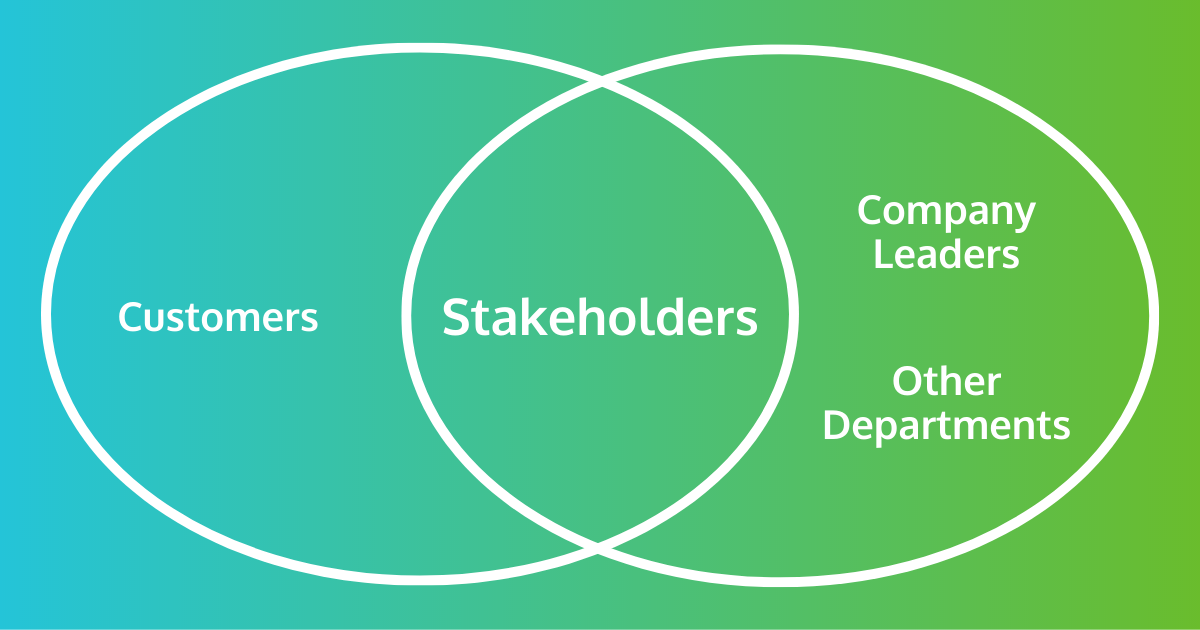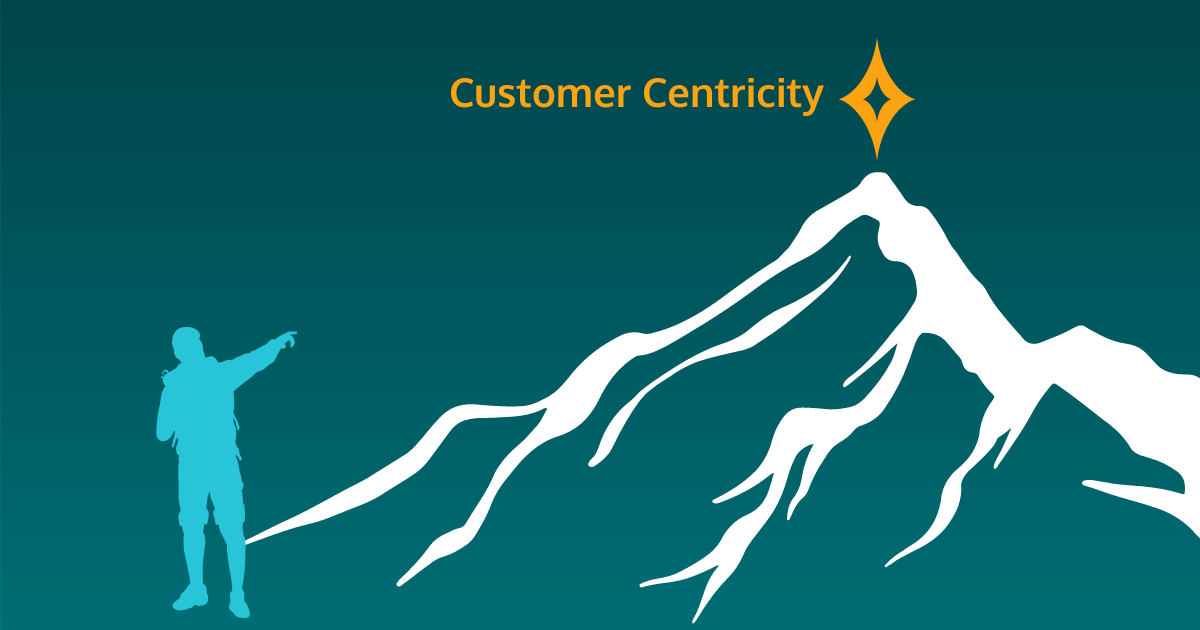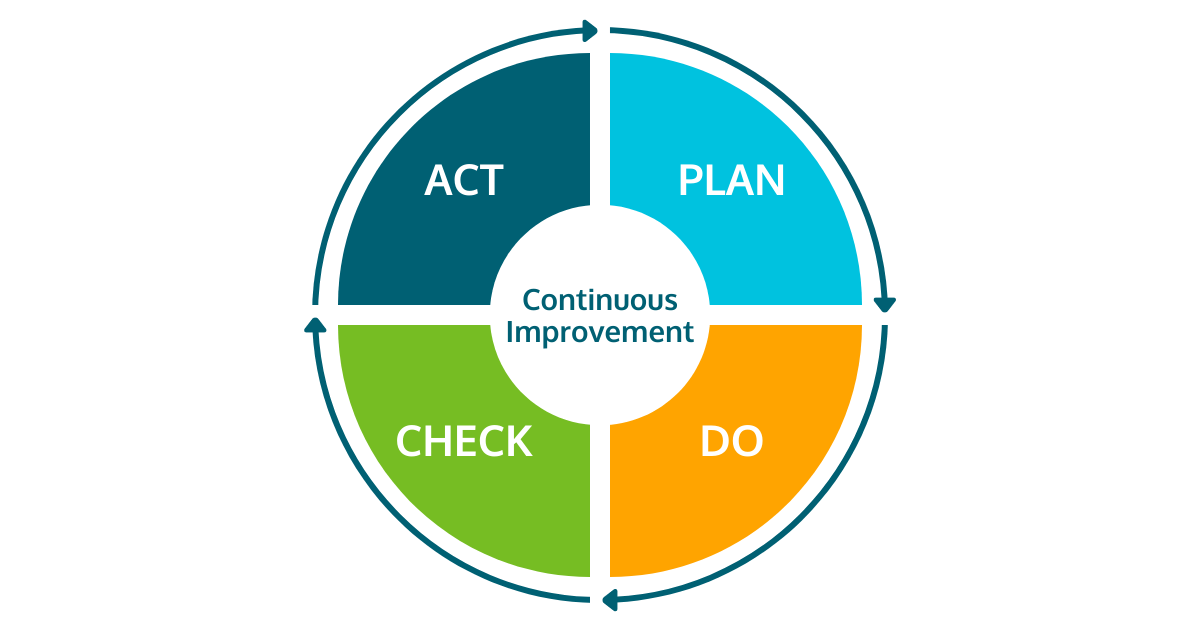-
- marketing agility
- Teams
- Organizations
- Education
- enterprise
- Articles
- Individuals
- Transformation
- Solution
- Leadership
- Getting Started
- business agility
- agile management
- going agile
- Frameworks
- agile mindset
- Agile Marketing Tools
- agile marketing journey
- organizational alignment
- Agile Marketers
- People
- Selection
- (Featured Posts)
- strategy
- agile journey
- Metrics and Data
- Kanban
- Resources
- Why Agile Marketing
- agile project management
- self-managing team
- Meetings
- Scrum
- agile adoption
- scaled agile marketing
- tactics
- scaled agile
- AI
- Agile Meetings
- agile marketing training
- agile takeaways
- Agile Leadership
- agile coach
- enterprise marketing agility
- Scrumban
- state of agile marketing
- team empowerment
- Intermediate
- agile marketing mindset
- agile marketing planning
- agile plan
- Individual
- Team
- Videos
- agile marketing
- kanban board
- Agile Marketing Terms
- agile transformation
- traditional marketing
- FAQ
- agile teams
- Agile Marketing Glossary
- CoE
- Scrumban
- agile
- agile marketer
- agile marketing case study
- agile marketing coaching
- agile marketing leaders
- agile marketing methodologies
- agile marketing metrics
- agile pilot
- agile sales
- agile team
- agile work breakdown
- cycle time
- employee satisfaction
- marketing value stream
- marketing-analytics
- remote teams
- sprints
- throughput
- work breakdown structure
- News
- agile brand
- agile marketing books
- agile marketing pilot
- agile marketing transformation
- agile review process
- agile team charter
- cost of delay
- hybrid framework
- pdca
- remote working
- scrum master
- stable agile teams
- stand ups
- startups
- team charter
- team morale
- user story
- value stream mapping
- visual workflow
Increasing Marketing Effectiveness Through Customer Centricity
Eric Halsey
Key Takeaways
- Marketing effectiveness is all about sustainably achieving strategic objectives that move the needle for the organization.
- Tracking marketing effectiveness can be done through direct metrics connected to strategic goals and Agile metrics that measure process effectiveness.
- A key way to achieve greater marketing effectiveness is through customer centricity, viewing your customers as key stakeholders.
- Being customer-centric requires feedback loops that drive continuous improvement alongside the right kind of goal-setting.
- The best overall approach to marketing effectiveness is one built on Agile principles.
With global competition more cutthroat than ever, marketing effectiveness has never been more important. Budgets have been shrinking for many organizations, competitors are integrating AI into their marketing, and many marketers are left wondering how to respond.
They know they need to unlock greater marketing effectiveness but the question is how. Should they be investing in AI too? Should their focus be more on internal process improvement?
Of course, there’s no single perfect answer for each organization. But the good news is that there are some core principles that can reliably guide you to your own best path to greater marketing effectiveness.
One of the most effective principles out there is customer centricity. But saying “focus on your customers” doesn’t get you very far, so let’s dive into why and how customer-centric marketing unlocks so much value for marketers.
The Changing Reality of Marketing Effectiveness
First, we actually need to define marketing effectiveness. That may sound a bit silly, but what exactly makes for effective marketing is evolving in important ways. If you’re going to maximize your own effectiveness, you need to really understand what you’re maximizing.
The basic definition is still a simple one. Marketing effectiveness is your ability to sustainably utilize resources to achieve strategic company objectives. Some define it more narrowly, but it’s important for marketing to remain clear-eyed about its role. That is, not simply increasing revenue or decreasing customer acquisition costs, but achieving strategic objectives set by senior leaders.
For example, marketers may lower customer acquisition costs dramatically, but if they’re targeting the wrong kind of customers, they’re not achieving real marketing effectiveness.
In other cases, you might be extremely good at achieving those strategic objectives but end up with a lot of burned-out marketers and high turnover. That’s why the word “sustainably” is so important.
That said, shifts in technology, consumer behavior, and economic realities are also having an impact. Businesses are realizing that vanity metrics don’t translate into real ROI, so focusing on the right metrics is more important than ever. That’s particularly true when those metrics are earned on platforms businesses don’t control, like social media, where even major successes can vanish at the whim of the platforms themselves.
The onset of powerful AI tools also means marketers need to consider how they can work alongside these tools to improve their overall effectiveness. Overall, the pace of all these changes means that long-term marketing effectiveness requires adaptation and evolution.
Marketing Effectiveness Metrics
If marketing effectiveness is all about achieving strategic goals, metrics are the vital link between the two. For example, if you’re trying to be more customer-centric you may want to track Net Promoter Scores (NPS), customer retention rates, customer lifetime value, etc.
Whichever ones you use, identifying the metrics you will use to track progress against strategic goals is essential for success. Without that, there’s no reliable way to quantify your marketing effectiveness. That then makes it impossible to run effective experiments, or demonstrate your ROI within the organization.
But while those metrics are important for measuring marketing effectiveness, they’re not the only ones you should be monitoring. Agile metrics offer an effective way to quantify the effectiveness of your processes, and how well your marketing teams are accomplishing tasks.
Taken together, those Agile metrics plus standard marketing metrics tied to strategic goals offer an effective way to measure your overall marketing effectiveness.
What Is Customer Centricity?
Now that you understand marketing effectiveness, it’s time to dive into customer centricity. At its core, customer-centric marketing is simply putting the needs and interests of your customers first when making marketing decisions.
Obviously, that’s far easier said than done.
The problem is that this simple understanding of customer-centric marketing has a limitation: it ignores the reality that marketers don’t only serve customers. They also serve other stakeholders: company leaders, other departments like sales, investors, etc.

That’s why in Agile marketing, customer centricity is expressed as a focus on stakeholder value. Customers are one of many stakeholders marketing has to focus on providing value. For example, you could offer all your products for free and thereby provide a ton of value to customers, but this would hardly serve your internal stakeholders.
So when we talk about being customer-centric, keep in mind that you should include all your stakeholders and not just your literal customers. But what exactly makes this approach so effective?
Why Marketing Effectiveness Begins with Being Customer-Centric
Too often, marketers get stuck focusing on the challenges right in front of them: how do I increase the CTR of this landing page? How can I meet my deadline for writing this ebook?
While this is understandable, it leads to a few issues. When the problem you’re trying to solve is meeting a deadline, you end up optimizing for solving that problem. You might sacrifice quality, for example. Over time, marketing can end up making countless decisions based around solving these practical problems and forget the larger goal of their marketing: delivering value to customers.
That’s why being customer-centric should be the north star of marketing.

When competition is tougher than ever, budgets get tight, and marketing is facing a steady stream of new challenges, focusing on customer value is the most effective way to keep your eye on what really matters. In these moments, what makes a business stand out is customer value, not the kind of small tweaks you end up making to improve a page’s CTR or make a deadline.
That’s not just talk either, McKinsey has found that customer-centric marketing improves ROI by around 15-20%.
The question your team members should be asking themselves regularly is “how is this providing value to our customers?” In practice, that might mean missing that deadline for the sake of higher quality. Or it may mean incorporating customer feedback into your workflow.
There’s no single answer, as long as it drives toward that north star. That reality is also why using customer-centricity to improve your marketing effectiveness requires experimentation.
Tackling Common Marketing Efficiency Issues with Customer Centricity
By now it should be clear why customer centricity is so essential for achieving marketing efficiency in today’s landscape, but there will always be roadblocks on the way.
Chasing Tactics Without Strategy
Too often, marketers get obsessed with improving one metric or another while losing sight of the bigger strategic picture. Customer-centricity helps keep us grounded. It reminds us to consider how or why a particular short-term tactical goal is relevant to the bigger picture. If your marketing tactics aren’t providing value to your stakeholders and customers, then you’re not using the right marketing tactics.
Misunderstanding Your Target Audience
Marketing built on incorrect assumptions or outdated personas generally fails to hit the mark. Either the tone is wrong or you’re just targeting the wrong people altogether. Real marketing effectiveness requires a robust and accurate understanding of your target audience.
Customer centricity helps avoid these issues by keeping teams focused on the customers. Instead of relying on assumptions and focusing on things like landing page optimization, team cultures are built around regularly interrogating assumptions and striving for a deeper understanding of your customers.
Siloed Teams and Data
Silos that prevent effective coordination and data sharing between functions like marketing and sales are tragically common. It results in insights not getting shared, processes not getting integrated, and general inefficiencies. Messages end up inconsistent and customers can have bad experiences.
While reorganizing team structures and processes can help here, customer centricity is useful as a guiding light for such changes. Instead of different teams and functions each focusing on their own goals and priorities, uniting them around customer-centric goals can help overcome barriers and keep everyone aligned.
Ignoring Creative Quality
Across industries, customers today expect more personalized marketing. AI is only increasing this trend, as it (ironically) both makes it easier to rapidly generate generic marketing content and to personalize content at scale. What this means is that marketers today ignore the creative quality of their work at their own peril. That doesn’t mean ignoring AI entirely, but putting your customer first helps keep your eye firmly set on work that balances cost, quality, and impact.
Why Staying Effective Requires Experimentation
Saying you’re customer-centric is easy, but actually making it happen requires finding an effective way to get feedback from those customers. After all, you can’t rely on simply guessing what your customers want and, in any case, those wants are always going to change over time.
This could come in the form of surveys, interviews, or just regularly reviewing performance data. However you approach it, a consistent method of gathering feedback is essential. A great way to start that process is by building open feedback loops.
Open Feedback Loops
One problem with the way many marketers approach getting customer feedback is that they make it an ad hoc process. This often translates into a “we gather feedback when we feel like it, which is not very often” situation.
Instead, by building feedback into your workflow, you can ensure that you keep customers in the loop about priorities, progress, bottlenecks, etc. This process also needs to be open and transparent to avoid the temptation to cherry-pick feedback (consciously or unconsciously) to support what we already believe. Often, this is the best place to confront hard realities and make tough decisions about what marketing should actually prioritize.
But beyond gathering feedback, you need to ensure it gets applied before the cycle begins again. Otherwise, all the work you put into gathering that useful information can easily just go to waste.
The PDCA Cycle

The Plan-Do-Check-Act cycle is one of the simplest models for creating effective open feedback loops that translate into real on-the-ground improvements. Here’s how the steps break down:
Plan
Here you need to ask yourself what the core problem you’re trying to solve actually is. It’s a moment to stop and get beyond the surface-level challenges you’re facing and address what you can do to actually provide value to your customers. It’s also a chance to consider the resources and constraints you have.
Do
Next, you execute the plan you’ve made.
Check
This is the stage that too many marketers skim over. You need to actually look carefully at what went well, what could be improved, and to brainstorm ideas for making those improvements happen.
In other words, this is the most valuable step because it’s the moment you can gather the feedback that will genuinely improve your marketing effectiveness and deliver real value to your customers.
Act
Finally, you must actually apply all those learnings to your process and ensure they get applied the next time. We’ve all had meetings where we came up with great insights that were never heard from again, so this is the moment you ensure that doesn’t happen!
SMART Goals
Another approach to encouraging experimentation and continuous improvement is through the setting of SMART goals. This framework functions as a way to confirm the goals you’re setting are worth pursuing. Breaking it down, your goals should be:
- Specific
- Measurable
- Achievable
- Relevant
- Time-Bound
SMART goals make it easier to avoid the kind of open-ended goals that create confusion and frustration instead of actual marketing effectiveness. Even if everything else is going right, poorly constructed goals can easily sabotage all those successes.
OKRs
Like SMART goals, Objective Key Results (OKRs) offer a way to set concrete strategic goals that make it easier for everyone to build alignment. So if your goal is to become more customer centric, OKRs can lay out what needs to happen to achieve that goal.
For example, you might aim to increase your NPS by 15%. Marketing, sales, and customer success can now all coordinate and align around that goal. This kind of goal setting helps break down silos, maximize the impact of each function, and keep teams focused on what matters.
Marketing Effectiveness Begins with the Right Message at the Right Time
Ironically enough, all of this really gets back to fundamentals. The foundation of lasting marketing effectiveness is often as simple as getting the right message to that customer at the right time.
At the end of the day, all of these feedback loops and customer-centric processes boil down to communication and delivering actual value. It’s easy to get caught up in optimizing marketing operations and forget that simple fact.
The Big Secret: Agile Marketing
By now two things should be clear: that customer centric marketing leads to significant improvements in marketing effectiveness and that there are many ways to achieve that customer centricity. Fortunately, Agile marketing offers a concrete set of principles and practices you can follow to achieve effective customer-centric marketing.
Customer centricity is one such principle. Agile marketing is built around efficiently delivering value to stakeholders and customers are a crucial example. As such, from strategic planning all the way to daily task completion, Agile marketers have a culture built around asking how their customers will benefit from whatever work is happening.
One of the ways Agile delivers more marketing effectiveness is by doing the right work at the right time. That means ruthless prioritization, saying no to unplanned work, and generally trying to limit Work In Progress (WIP). When marketers are focused on work that really moves the needle, they get far more marketing effectiveness without burnout and overwork. In fact, the latest State of Agile Marketing Report found that two-thirds of marketers felt Agile had reduced their stress levels.
When looking at the benefits Agile brings, it’s clear why it’s so crucial for marketing effectiveness.
But the benefits don’t just extend to the effectiveness of marketing teams, it also benefits the marketers themselves. That same report found that 96% of marketers had positive experiences with Agile marketing and 94% would not go back to working on a non-Agile team.
That’s more important than you might think because achieving marketing effectiveness at the expense of marketers is just not sustainable. Burnout and the need to spend substantial resources replacing and training marketers is always going to significantly impact your ability to be effective.
Marketing Effectiveness FAQs
What Is the Meaning of Effective Marketing?
In a general sense, marketing effectiveness is the ability of marketers to achieve goals that translate into real value for their customers and organization. Importantly, this definition revolves around outcomes, not simply outputs like producing content or sending emails.
How Do You Measure Marketing Effectiveness?
There are two basic approaches to marketing effectiveness. The first is using the metrics connected to your strategic goals, like NPS or CLV. However, you can also measure marketing effectiveness through process metrics like efficiency and throughput. Ideally, using a combination will give you the best idea of how effective your team is.
What Are the 4 Elements of Effective Marketing?
The four core elements of effective marketing are customer centricity, using the right metrics, focusing on only doing work that really matters, and continuously improving your processes. Together, these elements consistently lead to outstanding marketing effectiveness.
What Is Ineffective Marketing?
Ineffective marketing applies to cases where marketers are unable to create lasting value for their stakeholders (customers, organizational leaders, related teams like sales, etc.) In such cases, marketers may succeed in producing a lot of outputs, but if that work can’t drive strategic improvements then it won’t be effective.
It’s Time for a New Approach
The years we’ve spent helping marketing leaders implement these kinds of processes have taught us that success requires both a foundation in both theory and practice. The on-the-ground realities of implementing things like feedback loops can throw even the most knowledgeable marketing managers into a loop if they’re not ready to deal with the practical challenges that usually arise.
But even when it becomes clear that Agile ways of working offer an answer, we’ve seen marketing functions struggle to find a path to get there. After all, investing in long term marketing effectiveness through agility requires a blend of training, coaching, and plenty of trial and error. That’s why we built AgileSherpas Edge, a package combining over 1,000 hours of content, continuous support from seasoned Agile coaches, exclusive data access, and more. It’s specially designed to offer everything teams need at a surprisingly affordable price.
Topics discussed
Improve your Marketing Ops every week
Subscribe to our blog to get insights sent directly to your inbox.


